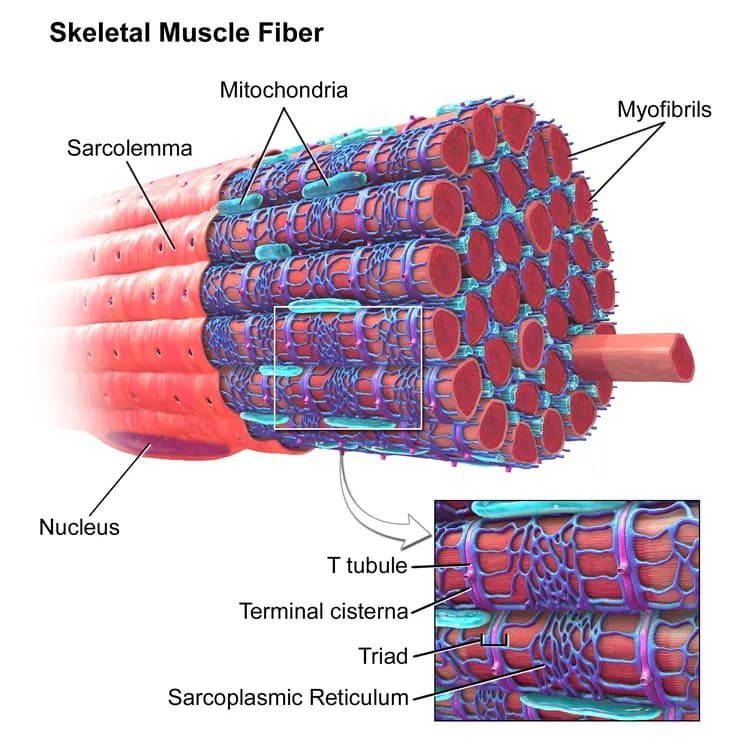
Peering Under The Hood Into The Workings Of Molecular Motors
Understanding how tiny molecular motors called myosins use energy to fuel biological tasks like contracting muscles could lead to therapies for muscle diseases and cancers, say a team of researchers led by Penn State College of Medicine scientists.
Myosins are proteins that use high energy ATP molecules to do mechanical work such as muscle contractions, cell motility and cell division.
In muscles, myosins generate movement by interacting with actin filaments, a fibrous track they can bind to and move along. The proteins produce motion in a mechanical step known as the power stroke.
Scientists are interested in the timing of the movement of myosin along actin filaments which is driven by the power stroke -- a process called lever arm swing. Although they knew that myosin splits ATP into its products -- phosphate and ADP -- during this process, the precise timing and sequence of these events has been unclear.
"There are millions of myosin molecules in a muscle fiber and each one individually generates a displacement," said Christopher M. Yengo, associate professor of cellular and molecular physiology. "Collectively, myosins generate a large amount of force to contract muscle. The question has always been: How does this actually work? How can these little motor proteins generate these tiny displacements?"
To investigate, the researchers needed to watch force generation happen in real time. They attached fluorescent probes to parts of the myosin motor and observed distance changes between the glowing probe sites to time the protein's force-generating movements.
They found two steps in the process: a fast step that occurs before phosphate release and a slow step prior to ADP release.
"In our study, we learned that the lever arm swing 'gates' the release of phosphate," Yengo said. "This means that myosin is extremely efficient because it only proceeds through the ATP hydrolysis cycle when it generates force and motion," Yengo said.
The findings were published in the Proceedings of the National Academy of Sciences.
These insights provide details about how myosin motor proteins work, and this knowledge could advance the understanding of diseases related to movement on a molecular level.
Myosin has been implicated in certain types of congenital and delayed-onset deafness. The protein plays a role in the detection of sound waves in the inner ear. A better understanding of how myosin helps cells move and divide could even stop cancer in its tracks, Yengo said. A drug that prevents myosin from working in cancer cells could keep them from invading other cells or metastasize into different organs.
Muscle diseases are the major area of interest for myosin researchers. For example, myosin mutations are believed to be behind an inherited disease that causes the walls of the heart muscle to become too thick or too thin. An error in the timing of force generation in the heart could explain the condition.
"By knowing that information we can design drugs to correct the defect that's caused by the mutation," Yengo said.
The above post is reprinted from materials provided by Penn State Milton S. Hershey Medical Center. The original item was written by Scott J. Gilbert. Note: Materials may be edited for content and length.
Disclaimer: DoveMed is not responsible for the adapted accuracy of news releases posted to DoveMed by contributing universities and institutions.
Primary Resource:
Trivedi, D. V., Muretta, J. M., Swenson, A. M., Davis, J. P., Thomas, D. D., & Yengo, C. M. (2015). Direct measurements of the coordination of lever arm swing and the catalytic cycle in myosin V. Proceedings of the National Academy of Sciences, 112(47), 14593-14598.
Related Articles
Test Your Knowledge
Asked by users
Related Centers
Related Specialties
Related Physicians
Related Procedures
Related Resources
Join DoveHubs
and connect with fellow professionals

0 Comments
Please log in to post a comment.